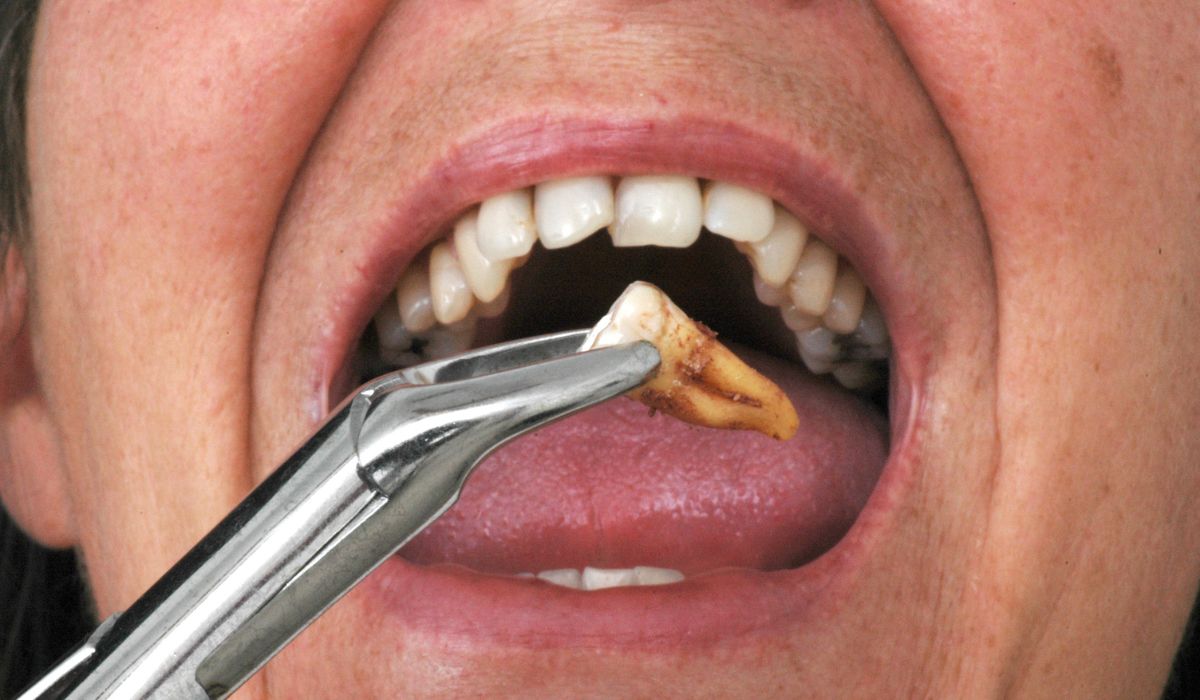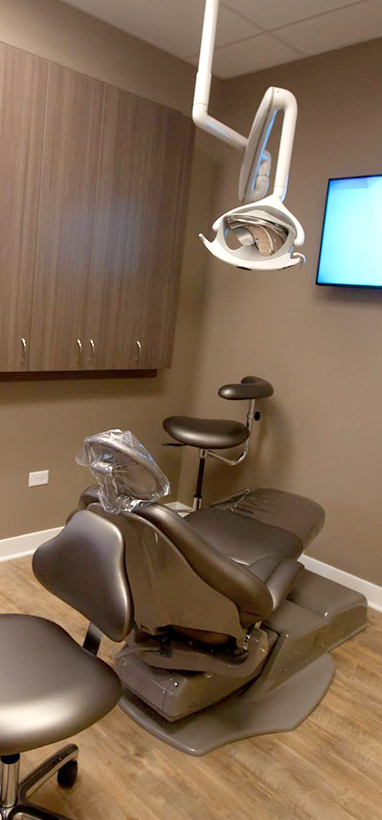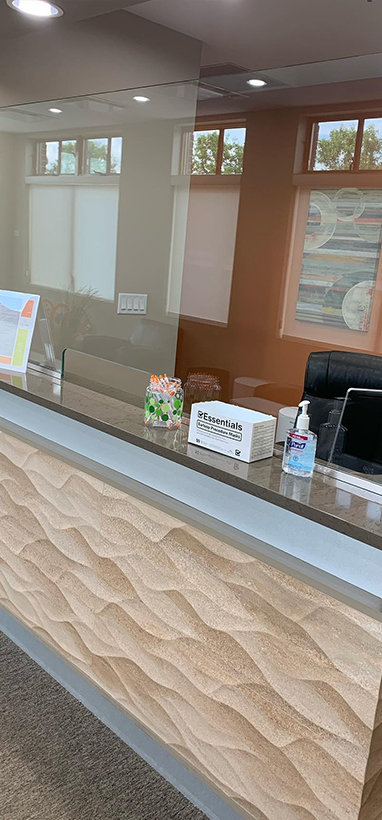1516 Legacy Cir, Naperville, IL 60563
Types of Tooth Extractions: Simple vs. Surgical

When it comes to dental procedures, tooth extractions are often necessary to maintain oral health and prevent further complications. However, not all tooth extractions are the same. Today, we embark on a fascinating journey to explore the two common types of tooth extractions: Simple and Surgical. Dental health is of utmost importance, and understanding the differences between these extraction procedures can alleviate any apprehensions you may have about this aspect of oral care. So, whether you’re a seasoned dental enthusiast or a curious reader seeking valuable information, join us as we delve into the world of tooth extractions and shed light on the significance of each method.
Simple Tooth Extractions:
Picture this – a straightforward process where a tooth needs to be removed because of damage or decay, but it’s visible and accessible above the gumline. That’s precisely what happens in a simple extraction. It is the most common type and are usually performed on visible teeth that are fully erupted. This procedure is relatively straightforward and can often be done by a general dentist. Before the extraction, the dentist will administer a local anesthetic to numb the area around the tooth, ensuring a painless experience for the patient.
During a simple tooth extraction in Naperville, the dentist will use a tool called an elevator to loosen the tooth from its socket. Once the tooth is sufficiently loosened, forceps are used to gently remove it. The dentist may need to apply some pressure to ensure the tooth is fully extracted. After the tooth is removed, the dentist will provide instructions for post-extraction care, which may include pain management and proper oral hygiene practices. Simple extractions are typically recommended for teeth that are decayed, damaged, or infected beyond repair. They may also be performed to remove teeth that are causing overcrowding or to prepare for orthodontic treatment.
Surgical Tooth Extractions:
Surgical tooth extractions are more complex and are usually performed by oral surgeons or dentists with specialized training. This type of extraction is necessary when a tooth is impacted, meaning it is trapped beneath the gum line or has not fully erupted. Wisdom teeth are a common example of teeth that often require surgical extraction.
During a surgical extraction, the patient may receive local anesthesia, conscious sedation, or general anesthesia, depending on the complexity of the case and the patient’s comfort level. The surgeon will make an incision in the gum tissue to access the tooth and may need to remove bone or cut the tooth into smaller pieces for easier extraction. Stitches may be required to close the incision after the tooth is removed.
Surgical extractions in Naperville, IL, may also be recommended for teeth with extensive decay, teeth that are severely broken or fractured, or teeth that have curved or long roots. Additionally, patients with certain medical conditions or those taking specific medications may require surgical extractions to minimize the risk of complications.
In both simple and surgical extractions, it is crucial to follow the dentist’s post-extraction instructions to promote proper healing and minimize the risk of infection. This may include avoiding certain foods, practicing good oral hygiene, and taking prescribed medications as directed.
Having a clear understanding of the types of tooth extractions, namely Simple and Surgical, empowers you to make informed decisions about your oral health. Tooth extractions are necessary procedures to maintain oral health and prevent further complications. Simple extractions are performed on fully erupted teeth, while surgical extractions are required for impacted or more complex cases. So, maintain regular dental check-ups, prioritize oral hygiene, and trust in the expertise of your dental team to keep your smile radiant and healthy for years to come. If you are experiencing tooth pain or suspect you may need an extraction, it is essential to consult with your dentist to determine the best course of action for your specific situation.










